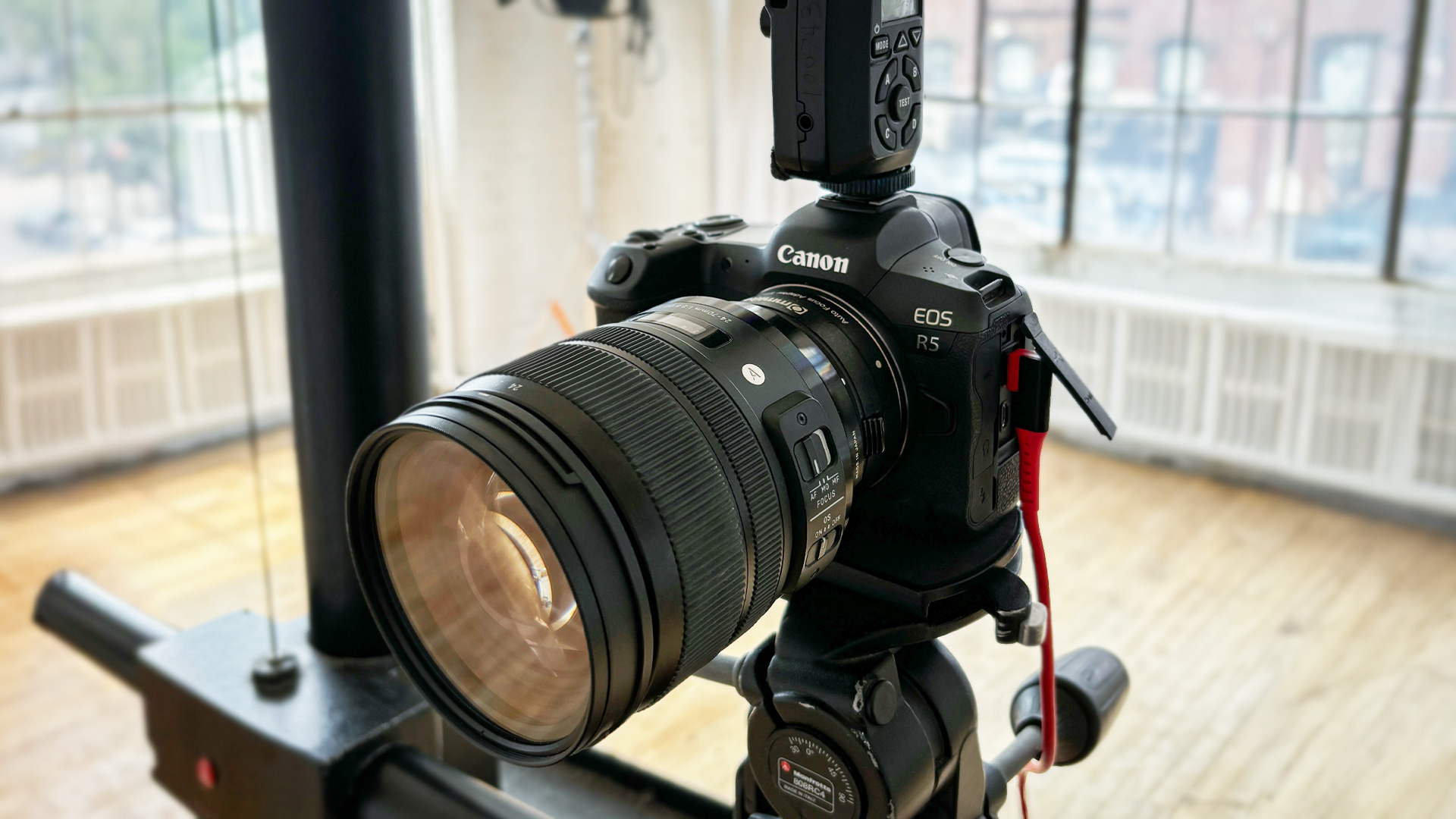Zoom lenses are often considered the workhorses of photography in the field, but as a product photographer primarily working in the studio, I want to celebrate the two zoom lenses that have quickly become essential to my kit. With their wide range of focal lengths, exceptional SIGMA quality and color, and the sharpness typical of SIGMA’s Art line, the 14-24mm F2.8 DG HSM | Art and 24-70mm F2.8 DG HSM | Art lenses consistently outperformed my prime and zoom lenses from other brands.
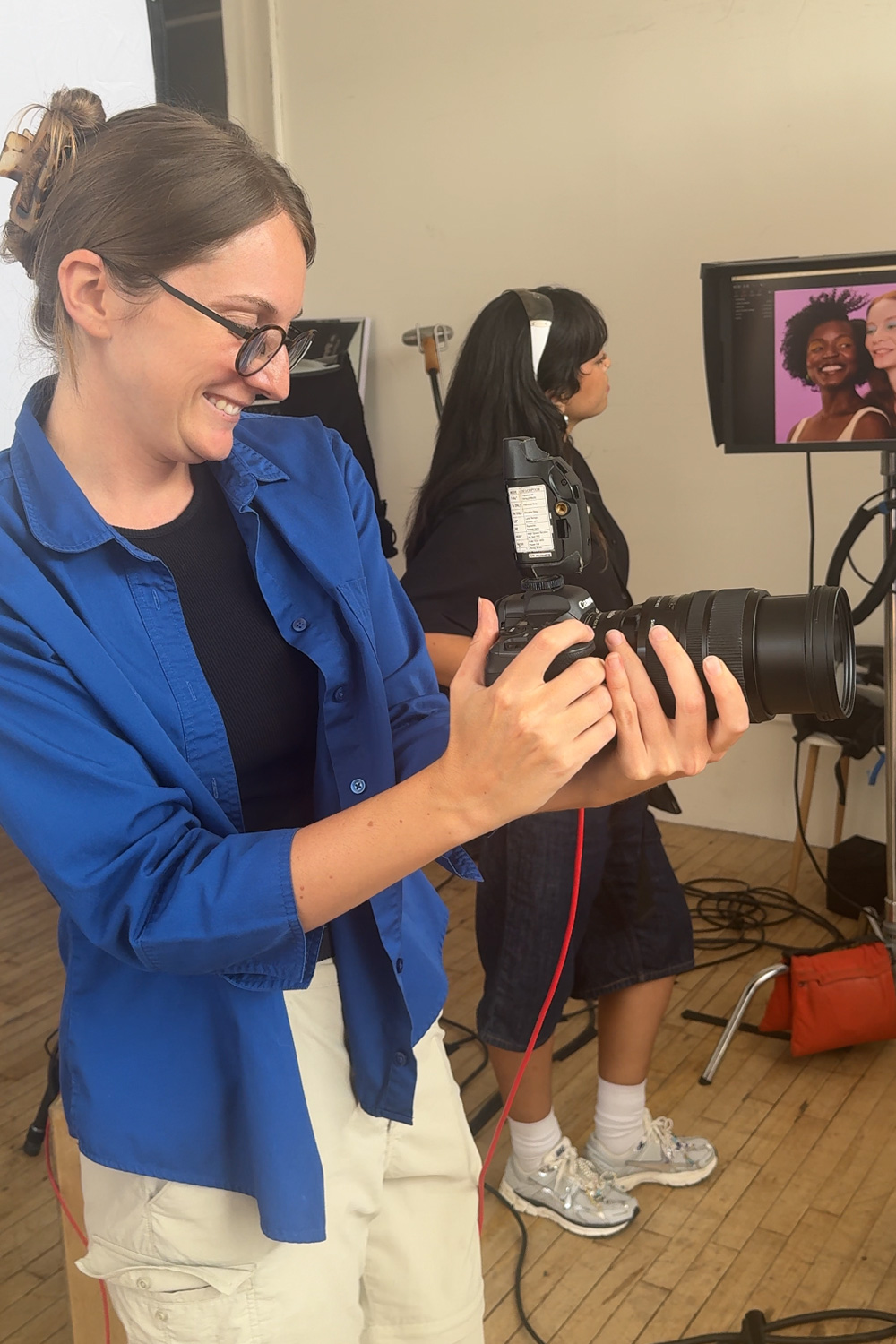
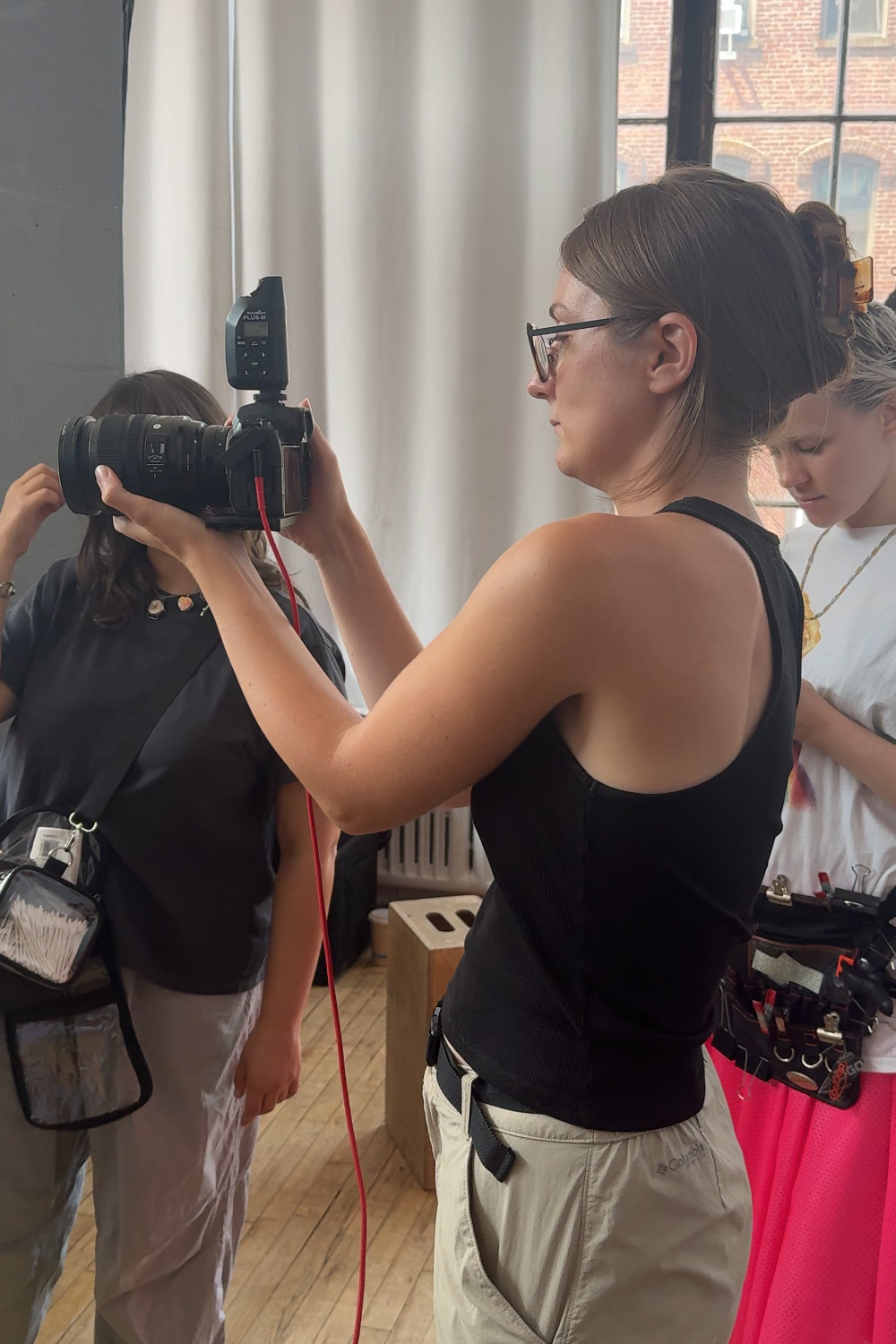

Here are a few recent experiences where these lenses truly shined: a wider frame was needed than we originally planned for, a project that required simultaneous close up and wide angle shots, and a smooth transition on a shoot that required studio and on-location work.
Zoom lenses offer flexibility in small spaces
The first advantage of a zoom lens is its ability to provide flexibility in confined spaces. It’s crucial to plan ahead and understand the space constraints of the environment you’ll be photographing in. Here in New York City, the hunt for a studio resonates with the apartment trope… shoeboxes. Space is often extremely limited, not to mention a good amount of projects require both in-studio and on-location shooting in said shoeboxes. Having just one lens on hand instead of a heavy, bulky bag full of different focal lengths makes a big difference.


Typically, a zoom lens offers less control over depth of field than prime lenses, but both of these SIGMA lenses offer F2.8 through the entire zoom range, essentially absolving the issue in most use cases. This also allows for flexibility with light intake whether you’re using natural light, constant light, or strobes. The shallow aperture capabilities provide you with more confidence, as you can rely on your gear to enhance your creativity instead of limiting it.

Another advantage of zoom lenses in studio is the ability to quickly capture close up and wide angles without taking your camera off the tripod, especially if shooting from overhead like the above image (and below BTS shots). You’re able to get multiple frame options without losing your original composition, and with more efficiency than switching out multiple prime lenses. This can be key when photographing fashion for example, allowing for quick torso crops while shooting full body. It can also be helpful while shooting an overhead angle with limited access to the camera.
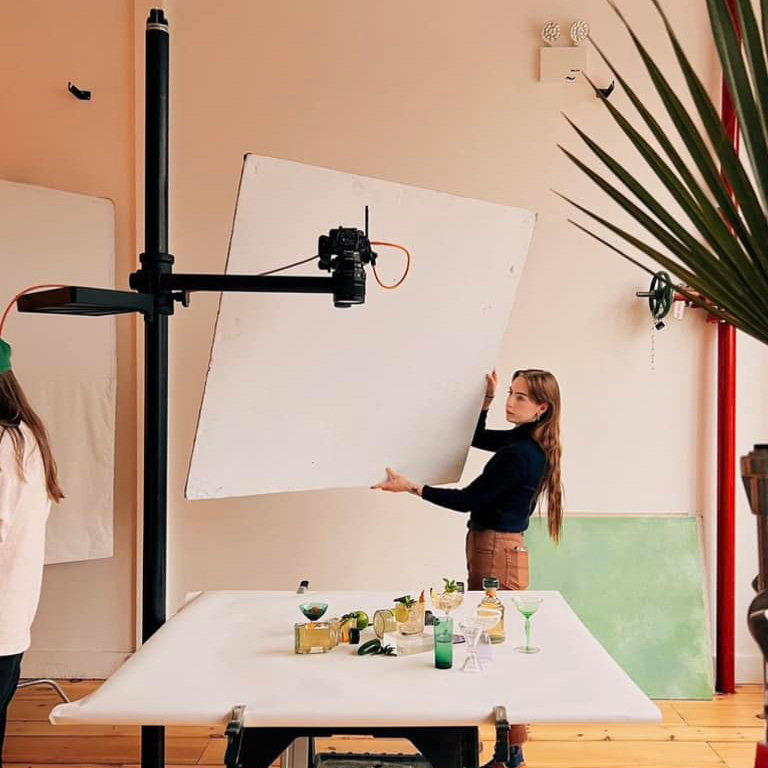
If zoom lenses are so versatile, why would you need more than the 24-70mm?
In the studio, the 24-70mm range provides flexibility for different compositions. On one end of the spectrum, 24mm allows for full sets or multiple models in frame. On the other end, 70mm provides flattering compression and a natural perspective making it well suited for photographing people or capturing product details. The versatility of a 24-70mm lens can be seen here:
The 14-24mm starts to be very valuable when photographing larger products or styled sets in smaller spaces. Consider your product’s size and preferred framing when choosing your lens. You might initially go for the 24-70mm then realize it doesn’t leave you with enough space around your product to comfortably fit everything in frame. Sure, we live in the future and generative expand exists, but as we all know it’s a slippery slope when “we can fix it in post” starts flying around.
Not to mention this large-diameter, wide-angle zoom lens is well-suited for the latest social media product photography trend that is here to stay, at least for a while. Your gut reaction might be to use a traditional fisheye lens, but to nail this ultra-wide trend you want a little less dramatic of an angle. This allows the image to live longer on social while not losing its commercial appeal. It creates the perfect conditions for the 14-24mm to swoop in. Because of this trend, this lens moves higher and higher on my gear list with every shoot.
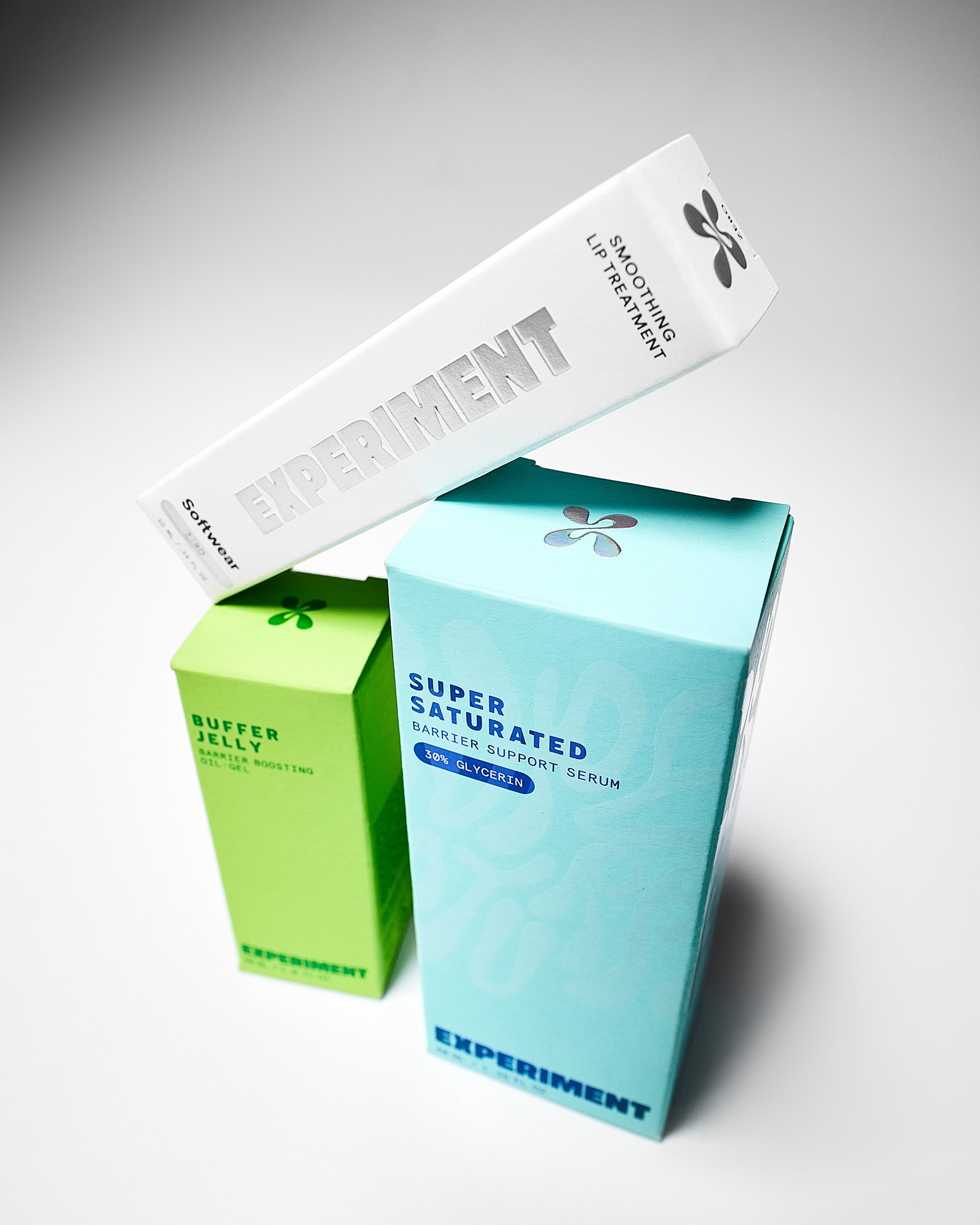
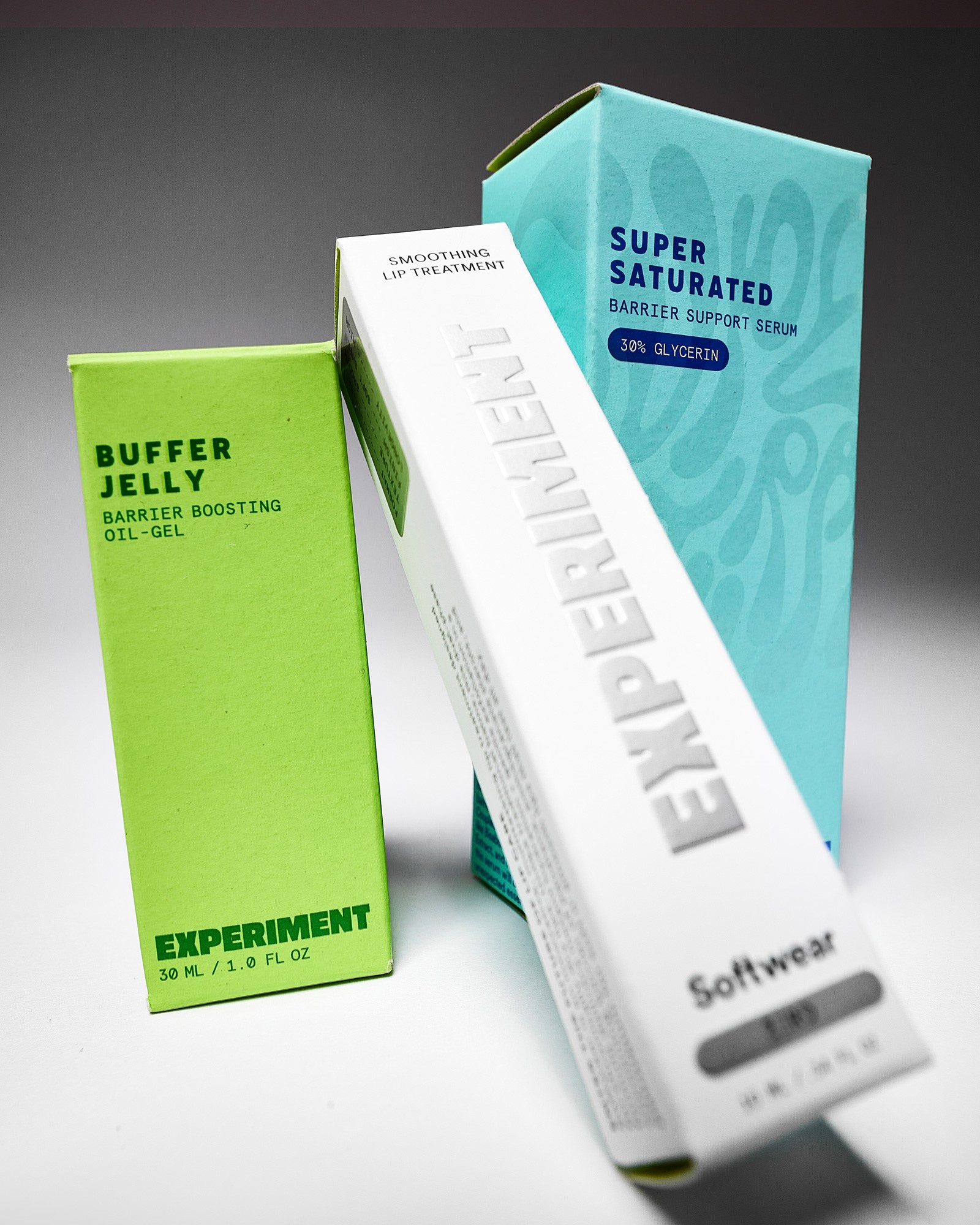
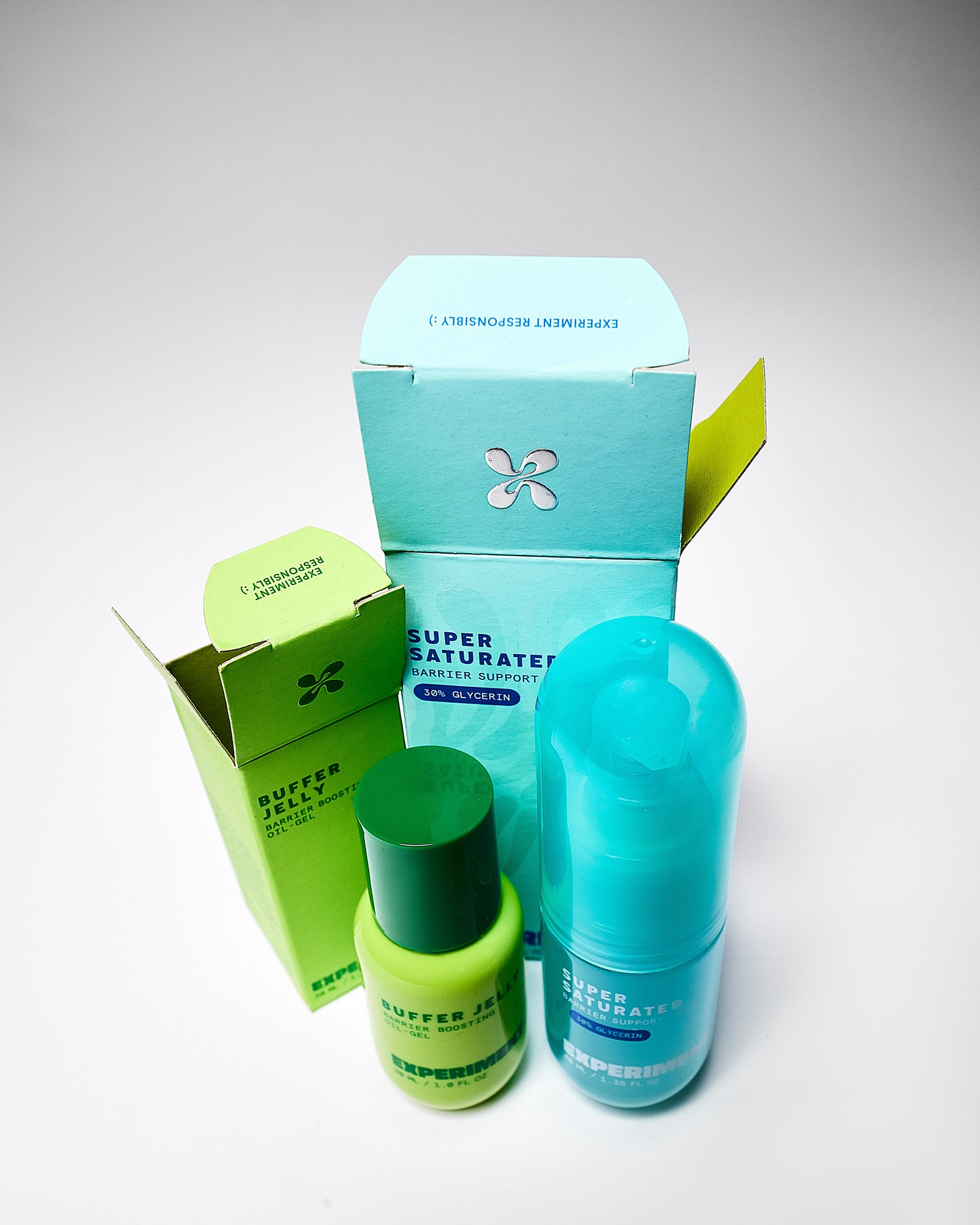

Can I get these lenses for my camera?
SIGMA makes full-frame 24-70mm F2.8 and 14-24mm F2.8 lenses for:
If you shoot with Canon RF or Nikon Z, the above Canon and Nikon lenses can be easily adapted, which is how I utilize SIGMA lenses on my Canon R5 mirrorless camera.
There are a few arguments for only using native lenses on mirrorless camera bodies, but it ultimately comes down to your priorities as a photographer. The popular autofocus arguments aren’t as relevant to product photography as they might be for high speed sports or weddings. I also have a few hot takes on the spec race we’ve been in the last few years. I don’t believe that new is always better. That said, I won’t hesitate to upgrade when a piece of gear genuinely improves my images or workflow. I always choose lenses based on optical qualities like color, contrast and sharpness.
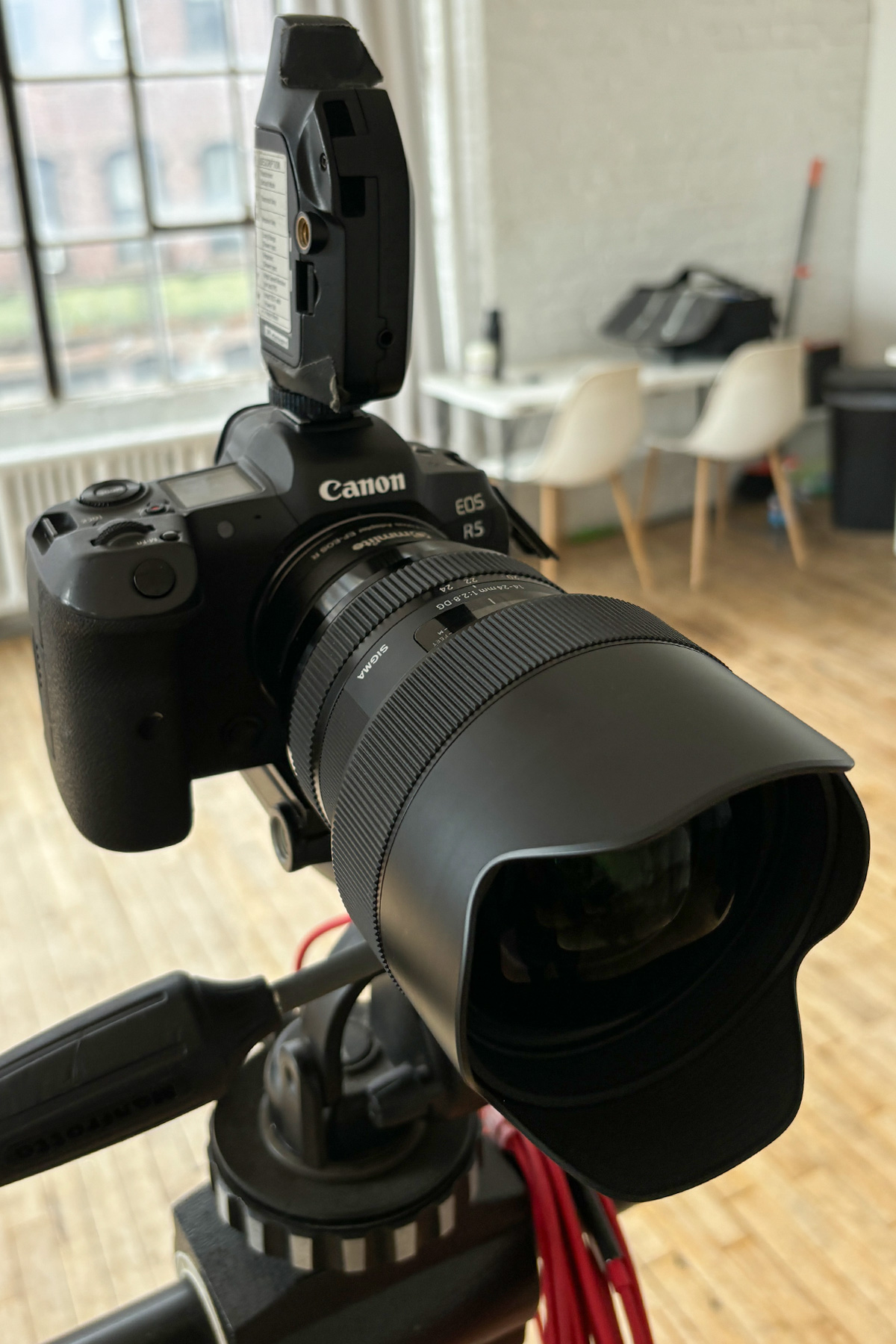
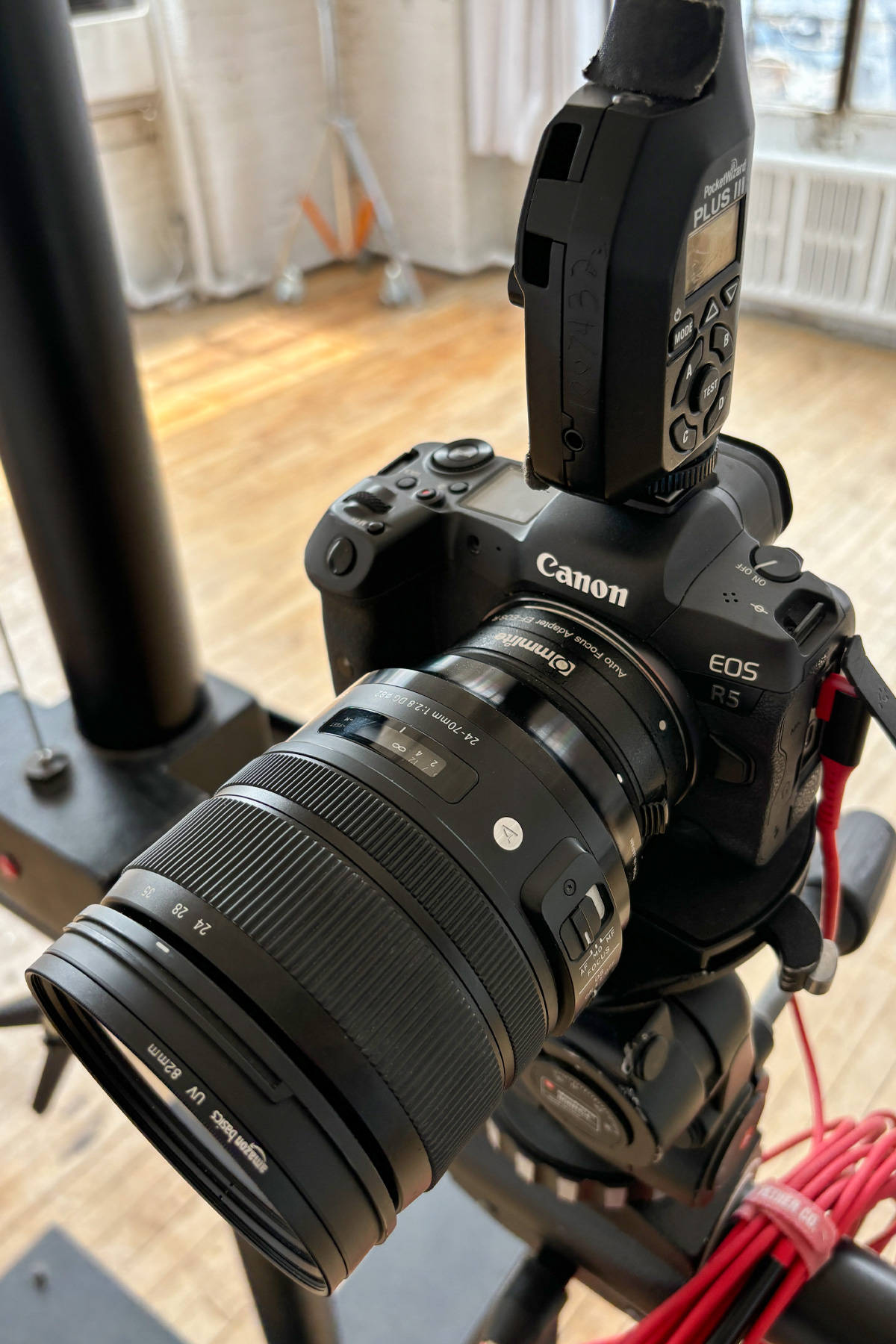
When I made the switch to a mirrorless camera body a few years ago, it was already an adjustment how optics were perceived by the digital sensor. This made the lenses in my kit even more of a priority for me. These days, I shoot on a Canon R5 using my SIGMA EF mount lenses on a third party adapter. My workflow is streamlined and uninterrupted.

Every photographer has their own preferred gear and their own way of doing things, but with the wide variety of clients I work with, the SIGMA 24-70mm and 14-24mm have been perfectly suited for every project. As a product photographer, there’s a constant battle to create work that bridges the gap between timeless and current. This may or may not be the case for the years to come, but one thing I’m confident about is that I’ll continuously rely on my SIGMA zoom lenses in the studio.

Find SIGMA F2.8 Zooms for your studio photography work!
for Canon EF / Nikon F (adaptable to RF / Z)
for Sony E / L-Mount
for Canon EF / Nikon F (adaptable to RF / Z)
for Sony E / L-Mount

